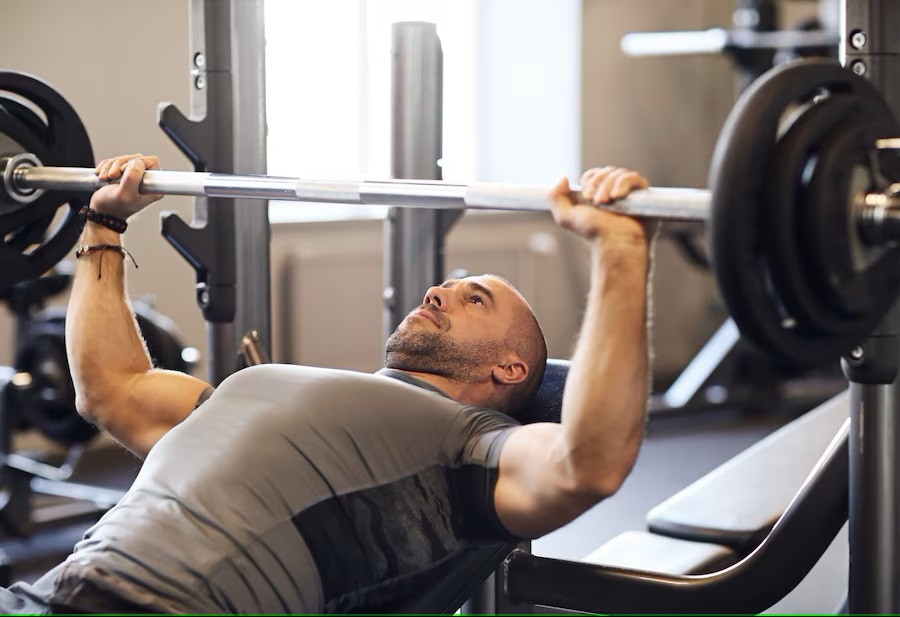If you feel pain in your abdomen during or after exercising, you are not alone. This condition can happen to anyone, even those who regularly engage in physical activity. Fortunately, such discomfort is usually temporary and not a cause for concern.
Let’s explore the common causes of abdominal pain after exercise and how to manage it effectively.
Common causes of abdominal pain after exercise
Abdominal pain post-workout is a frequent complaint. While it can be uncomfortable, it is typically not serious and often resolves on its own. Here are some common causes:
Tense abdominal muscles
Exercises that engage the abdominal muscles such as aerobics, weightlifting, and running can lead to muscle tension. This tension can result in pain in various parts of the abdomen, including the upper, lower, right, and left areas.
Muscle tension can occur due to:
- Injuries: Such as falls from a bicycle
- Lifting heavy objects
- Poor posture during workouts
- Sudden twisting movements
Side stitch
A side stitch, often described as a cramp or sharp pain on the right or left side of the abdomen, usually occurs during cardio, weight training, or sports. While the exact cause isn't fully understood, experts believe it may result from:
- Diaphragm spasms due to friction in the torso
- Reduced blood flow to the diaphragm
- Stretched ligaments connecting organs to the diaphragm
- Friction between the layers of the peritoneal cavity
Diarrhea
Intense exercise can sometimes trigger diarrhea, particularly among long-distance runners. During vigorous training, blood flow is redirected to the working muscles, reducing blood supply to the digestive tract, which can lead to diarrhea.
Additionally, certain movements may cause damage to the intestinal lining, resulting in diarrhea or a strong urge to defecate.
How to manage abdominal pain after exercise
Managing abdominal pain effectively depends on its cause. Here are some strategies to alleviate discomfort after working out:
Apply a compress to the affected area
If your pain is due to tense muscles, a warm or cold compress can help. Apply it to the painful area periodically until you feel relief.
Warm up and cool down properly
Every type of exercise requires a specific warm-up and cool-down routine. Identify the muscles you will be using and ensure you perform adequate warm-up and stretching exercises to prepare your body.
Avoid eating and drinking just before exercise
If you plan to eat before exercising, aim to do so about 2-3 hours beforehand. Eating too close to your workout can lead to side stitches, especially if your movements heavily involve your abdominal muscles.
Choose foods wisely
In addition to timing your meals, it is essential to choose nutritious foods before exercising. Avoid high-fat options and opt for easily digestible foods, such as eggs, bananas, or berries.
Experiencing abdominal pain after exercise is quite common, and while it is generally not serious, you should consult a doctor if it occurs frequently. You can also make use of the consultation features that are available in the Ai Care application by downloading the Ai Care application from the App Store or Play Store.
Looking for more information about other diseases? Click here!
- dr Nadia Opmalina
Cleveland Clinic. Abdominal Muscle Strain. Available from: https://my.clevelandclinic.org/health/diseases/21807-abdominal-muscle-strain
Hamilton, V. (2022). What to Know About a Side Stitch. Available from: https://www.webmd.com/fitness-exercise/what-to-know-about-a-side-stitch
Pratt, E. (2023). Diarrhea After Working Out, Explained. Available from: https://www.health.com/condition/digestive-health/exercise-diarrhea-constipation
Semeco, A. (2022). Pre-Workout Nutrition: What to Eat Before a Workout. Available from: https://www.healthline.com/nutrition/eat-before-workout












